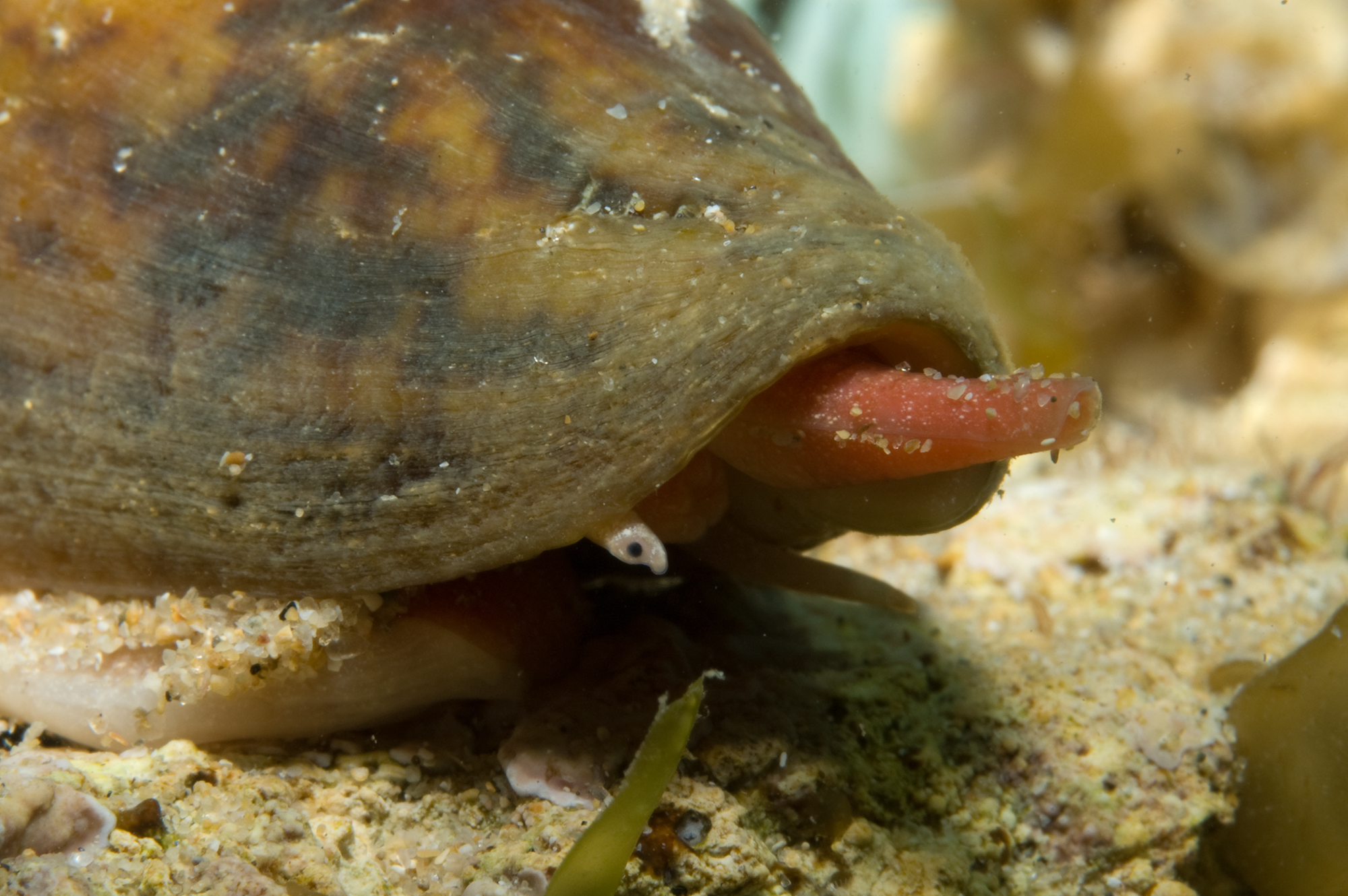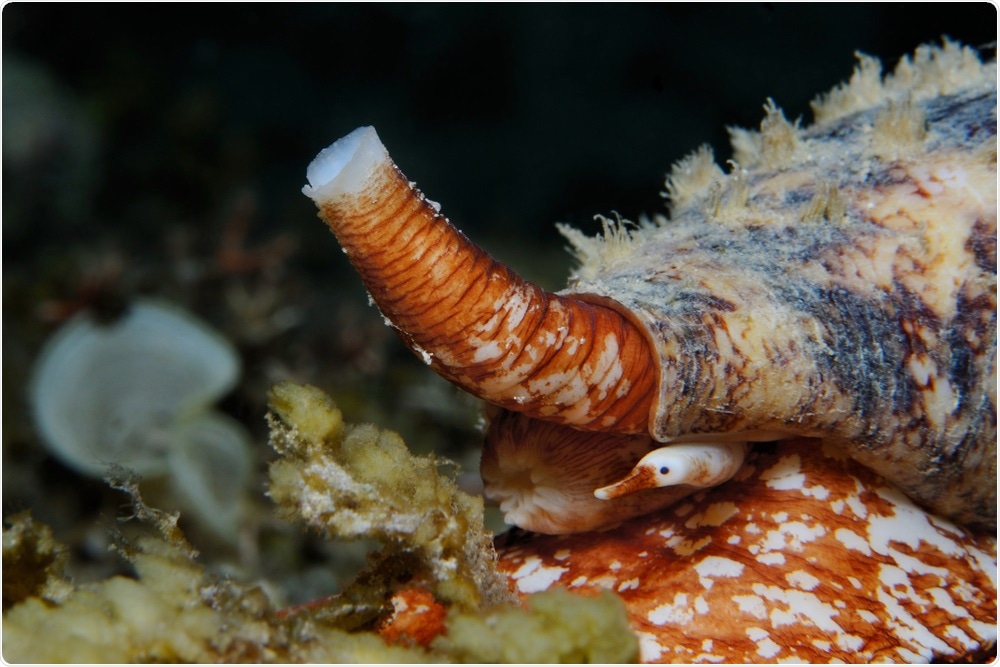


The ancestors of modern cones hunted worms, as do many extant cone snail species. Here, we argue that fish-hunting cone snails provide some of the best opportunities to elucidate the role of behavior as a catalyst in the evolution of biochemical, developmental, physiological and ecological diversity. But there appear to be few cases where those macroevolutionary consequences can be demonstrated. These ‘Baldwin effect' processes are widely believed to promote evolutionary diversification, and instances of present-day plasticity are frequently used to illustrate how learning or other forms of phenotypic flexibility might lead to speciation and higher-order phenotypic divergence of entire lineages. This idea traces back at least to Baldwin, and by the end of the 20th century, it had given rise to rich literatures on topics such as phenotypic plasticity and genetic assimilation. Many authors have suggested that changes in behavior (or other flexible phenotypes) would be expected to precede changes in physiology and structure, by enabling individuals to exploit a new adaptive opportunity in advance of the genetic changes that would later refine and extend the adaptation. The evolution of fish-hunting behavior in venomous cone snails provides a counterexample the evolutionary histories of their toxin-encoding genes record several key events that gave rise to the present diversity of fish-hunting lineages.

Thus, we find ourselves with many endpoints firmly in view, but unable to discern the paths from common ancestors to their derived descendants. Yet, even experts find this process hard to envision because it proceeds on many fronts and through complicated sequences of events that are difficult to reconstruct in detail. The system presented here may be one of the best examples where diversity in structure, physiology and molecular features were initially driven by particular pathways selected through behavior.Ī century and a half after Darwin, scientists have established that life's diversity was generated by the gradual splitting of populations and their subsequent divergence in structure, physiology, behavior and other characteristics. Mapping behavior, biochemical components and radular tooth features onto phylogenetic trees shows that fish-hunting behavior emerged at least twice during evolution. Derived fish-hunting behavior clearly also correlates with physical features of the radular tooth, the device that injects these biochemical components. The first two fish-hunting behaviors are clearly associated with distinct groups of venom components, called cabals, which act in concert to modify the behavior of prey in a specific manner.

The first sections introduce three different hunting behaviors associated with piscivory: ‘taser-and-tether', ‘net-engulfment' and ‘strike-and-stalk'. In this article, we attempt to reconstruct events resulting in this shift in food resource by closely examining patterns of behavior, biochemical agents (toxins) that facilitate prey capture and the combinations of toxins present in extant species. The venomous fish-hunting cone snails (Conus) comprise eight distinct lineages evolved from ancestors that preyed on worms.


 0 kommentar(er)
0 kommentar(er)
